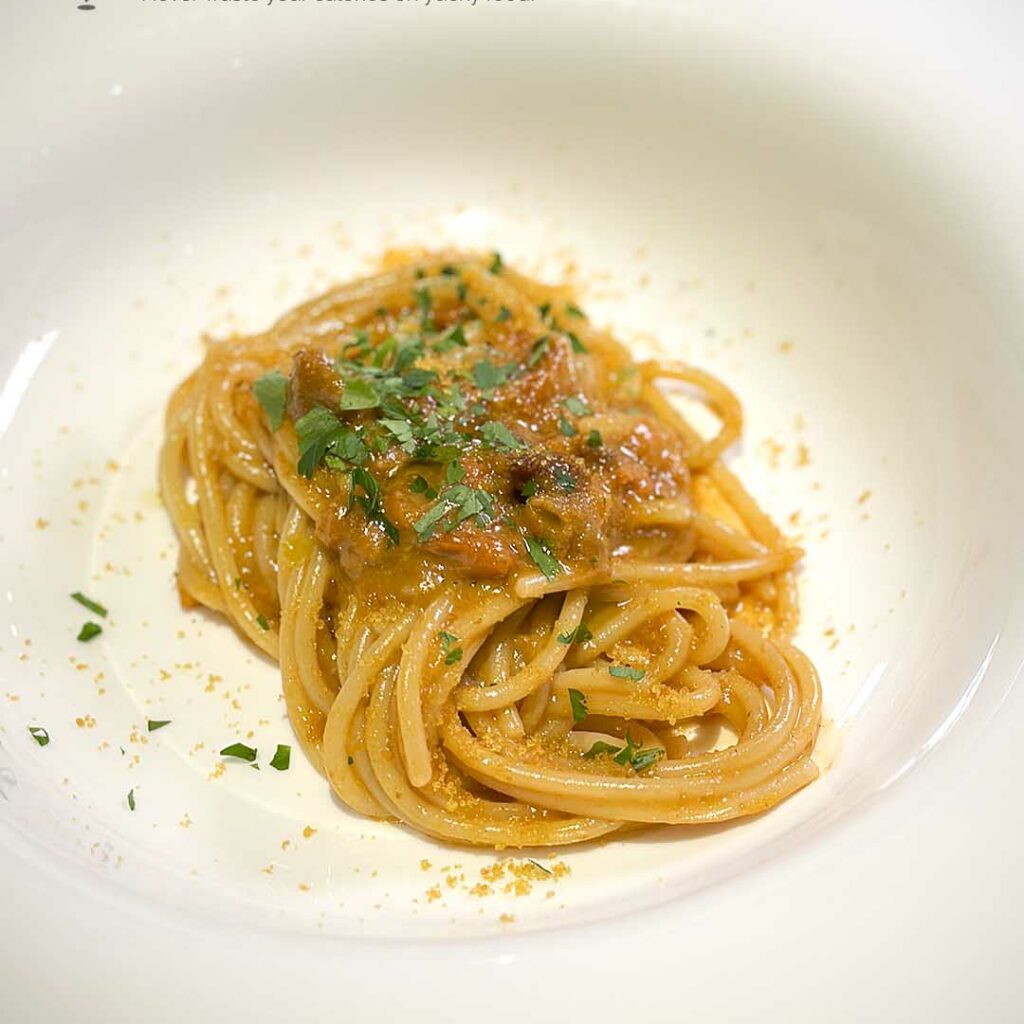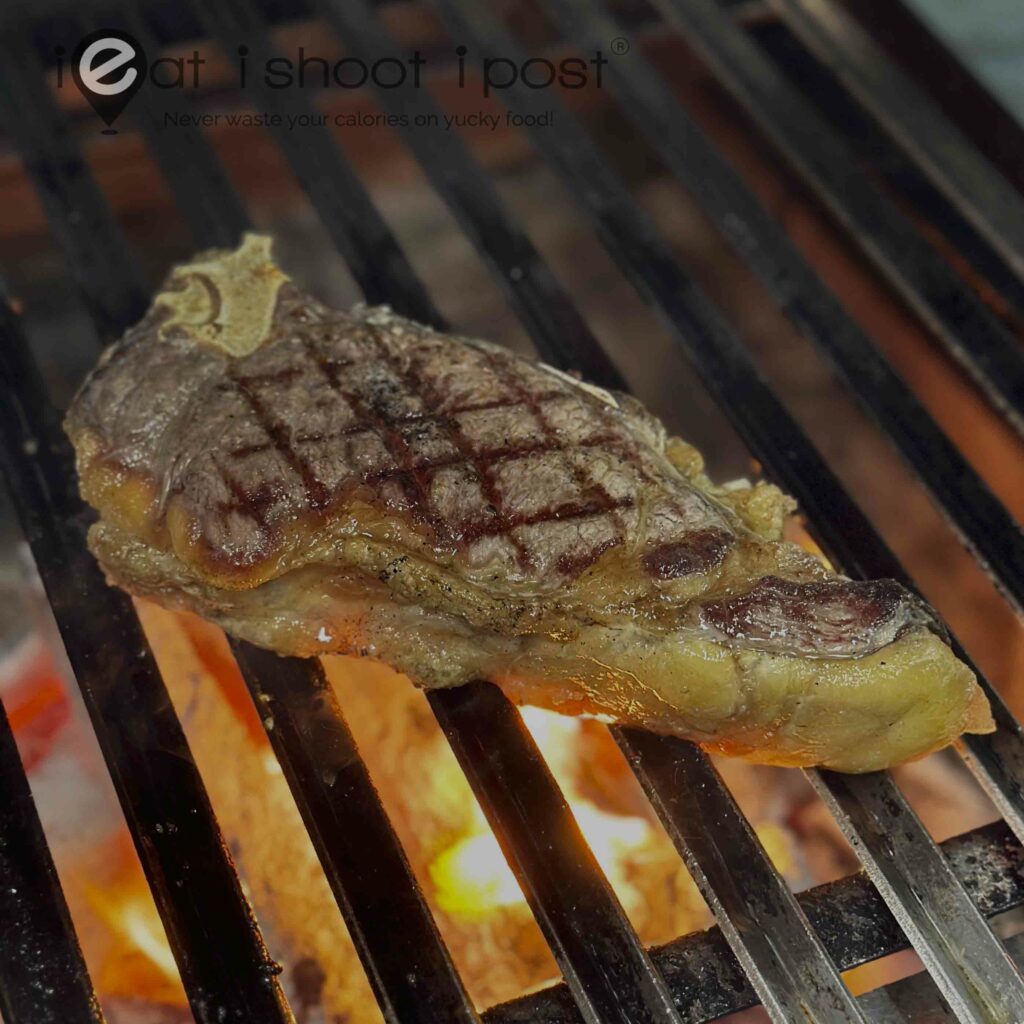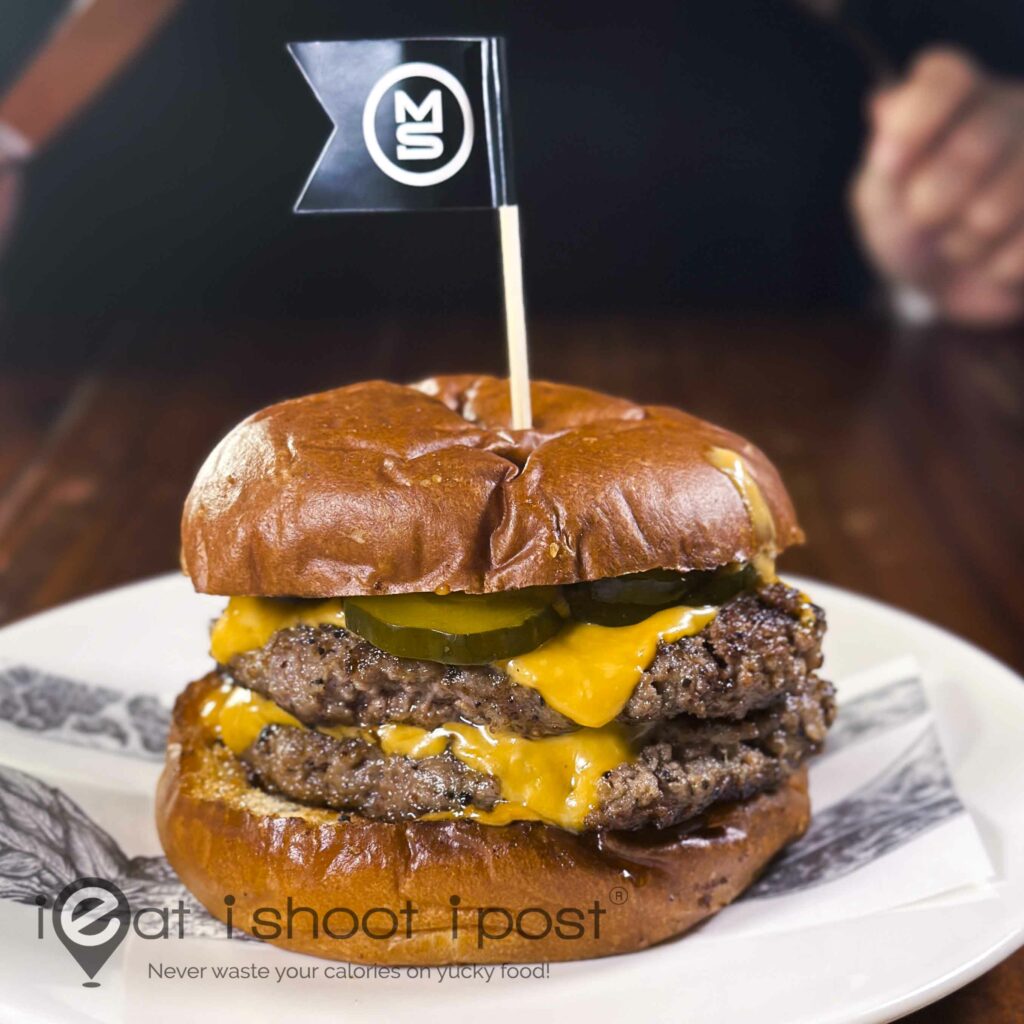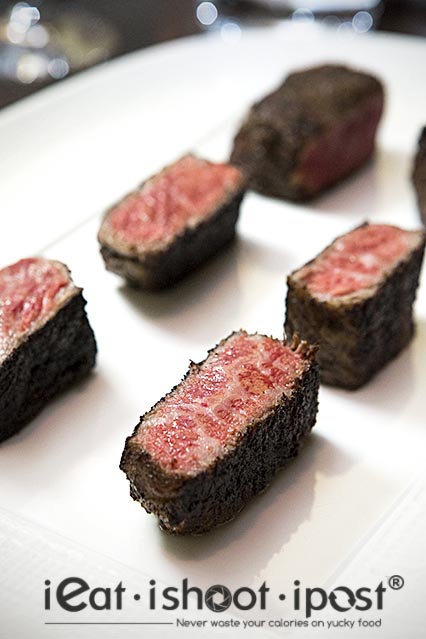
CUT: Kobe Beef — Finally! – ieatishootipost
Kobe beef was one of the foods on my list of things to eat before I leave this mortal sphere. There has been a ban on the export of Kobe Beef for many years such that the only way to experience it is to actually travel to Kobe eat it or have a really good friend who is willing to hand carry it back from Kobe for you. I have had neither privileges, so it remained on my wish list for a long time.
The good news is that since Feb 2012, the Kobe Beef Association lifted the ban and started exporting Kobe Beef to Macau and then to Hong Kong and the USA and finally in July 2013, Kobe Beef made its debut in Singapore!
In Japan, everyone is protective of the Wagyu beef that is grown in their own prefecture. If you ask someone living in Miyazaki prefecture, he is likely to insist that their Wagyu is the best. However, there is a general consensus among the Wagyu enthusiasts that the top three Wagyu brands in Japan are Kobe from the Hyogo prefecture, Matsuzaka from Mie and Ohmi from Shiga. I managed to taste Matsuzaka beef when I was in Japan and Ohmi here in Singapore. So when I got the call to sample Kobe at CUT, it was the golden opportunity to complete the hat trick!
Kobe Beef is, without a doubt, the most well known Wagyu brand in Japan. This is due largely to the fact that it was from the port city of Kobe that Wagyu was first discovered. Before the Meiji restoration (1868 – 1912), beef consumption was very low in Japan and their cattle were used mainly as draught animals. However, during the Meiji restoration, Japan opened its doors once again to the world and Kobe became a port of call for many Westeners. It was then that an Englishman discovered the taste of Kobe beef when he obtained a cow from Japanese farmers. From then on, many foreign ships started to ask for delivery of cattle and beef from Kobe!
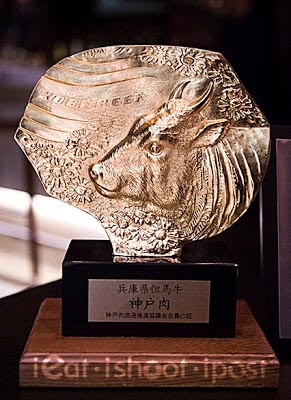
The Kobe brand is so deeply entrenched that Wagyu was simply known as Kobe Beef in the past. In fact, no one really used the term Wagyu until they started breeding Wagyu cattle in countries outside of Japan. As such there is still a lot of confusion over what Kobe Beef really is. Up till last year, many people who have paid good money to eat “Kobe Beef” in the US did not realize that they weren’t really eating real Kobe beef at all! Even in Singapore, you can buy Snake River Farm’s “Kobe Beef” which is a brand of Wagyu that is produced in the US. It is actually quite good, but it is not authentic Kobe Beef.
The Kobe brand is managed by Kobe Beef Marketing and Distribution Promotion Association, and according to their website, real Kobe beef constitutes only 0.06% of the total beef consumption in Japan. Here is their strict criteria:
A prerequisite of beef to be officially certified “Kobe beef” is that the bullock or virgin Tajima cow has been born in Hyogo Prefecture from a Tajima cow having a pure lineage, and that the bullock or virgin cow has been bred and raised by a designated farmer in the prefecture and slaughtered at one of the slaughterhouses in the prefecture. It must also pass strict grading for BMS (Beef Marbling Standard), weight limitations and other criteria.
There are 4 different strains of the Japanese Black Hair cattle which is used for production of 90% of Japan’s beef. These are Tottori, Tajima, Shimane and Okayama. Of the four, the Tajima is the most famous and revered. However, the Tajima is a smallish cattle whose carcass size is usually less than 470kg. Their small size was well suited to the small farms in Japan but not as beef cattle. In the US and Australia, they cross breed the Tajima with the Angus in order to increase the size of the cattle while still maintaining the intense marbling which is characteristic of Wagyu. Even in Japan, they cross breed the Tajima to produce bigger sized animals. The pure bred Tajima cattle actually looks quite petite compared to the cross bred variety and typically spots sharp and slender upturn horns.
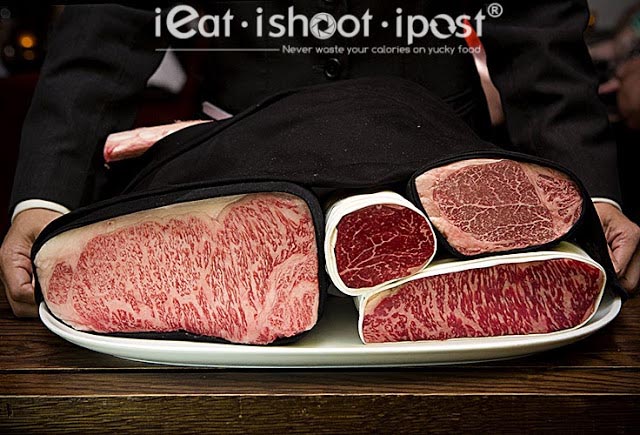
Ok, now that you have the necessary background to Kobe Beef, let’s get down to the real question in everyone’s mind: “Is it worth splurging $250 for it?”
In my last visit to CUT, I managed to compare Snake River Farm’s US Kobe with Ohmi Wagyu from Japan. At the time, my impression was that the Japanese Wagyu too rich and lacked that beefy flavour that you would look for in a beef steak. This time round, I got to compare US Kobe with true Kobe Beef and my conclusion is different.
I would have liked to compare Kobe and Ohmi side by side but it was not possible. So I can only give my opinion on Kobe beef vis a vis US Kobe. My first impression was that unlike a lot of other Japanese Wagyu that I have sampled, Kobe seems to be beefier. When I last sampled Matsuzaka and Ohmi prepared as a steak, I went away feeling that they are just about texture and juiciness but lack a strong beefy flavour. This was not the case with the Kobe beef. I felt that it was beefy, although not quite as beefy as the US Kobe. The meat is very sweet and it has a complex umami. The meat fibres are finer than that of the US Kobe and it has that wonderful bouncy texture when cooked medium to medium rare. Unlike my previous visit where I recommended US Kobe over Japanese Wagyu, my opinion this time is a little more equivocal.
Certainly, if you pride yourself as beef connoisseur and have never tried real Kobe Beef before, then you don’t need me to tell you that this is the opportunity you have been waiting for. However, if being able to boast that you have eaten real Kobe Beef means nothing to you, then let me say that if you don’t eat the US Kobe and real Kobe side by side, you will be very happy with the US Kobe. Even if you did, you might still like the US Kobe if you prefer your beef steak to be more meaty and beefy. On the other hand, if you love that burst of beefy juices when you chew on your beef steak, then Kobe beef is the way to go!
Now that I have completed the Japanese Wagyu hat trick, I am setting my sights on Angus Mckay’s Highland Beef which was regarded as the best Beef Steak in the world by Mark Schatzker who chronicled his beef odessy in his book, “STEAK“. I have told Chef Josh about it and he assures me that that he will start working on it!
I await with knife and fork in hand!
Congrats to CUT for winning One Michelin Star, 2016



